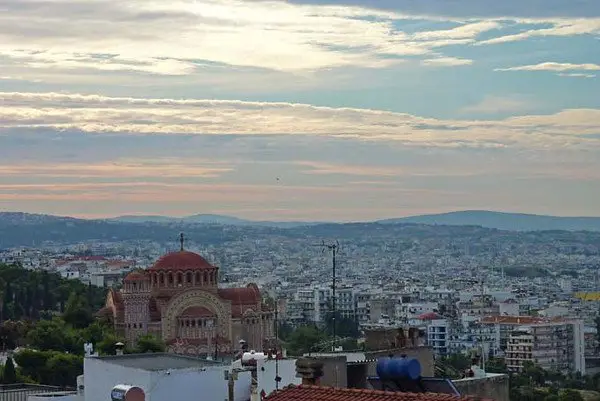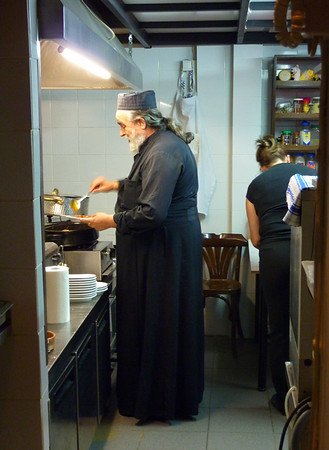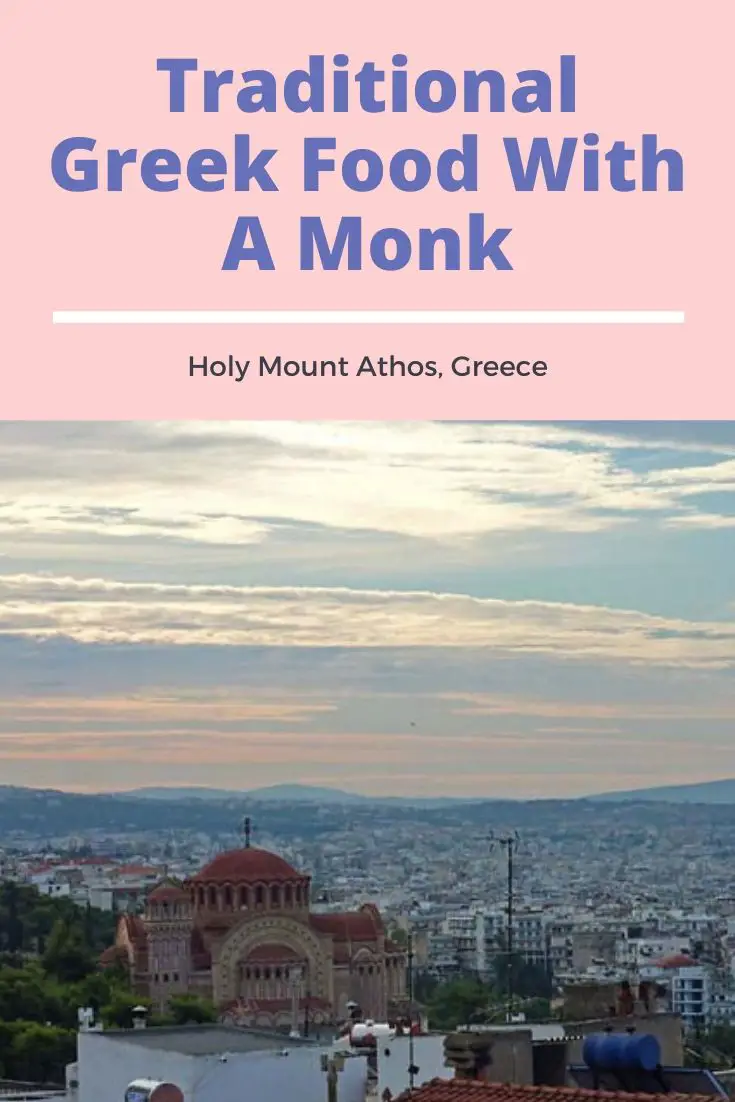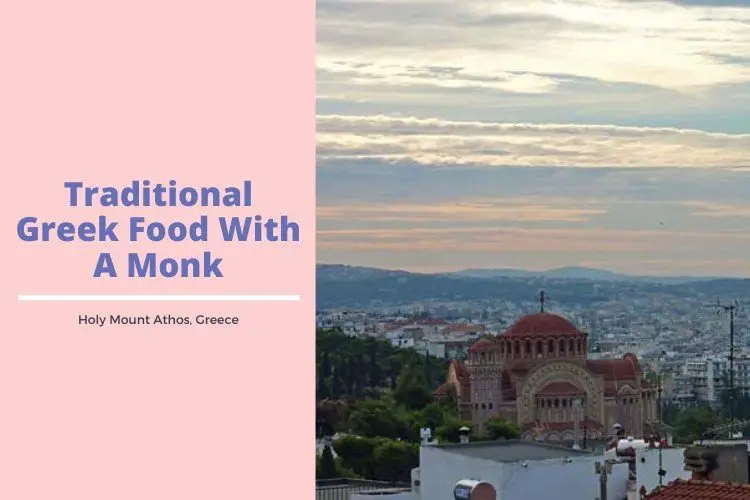Greek food in Greece: dinner prepared with 1,000-year-old culinary traditions
I wasn’t sure what I had in mind about Greek food before going to Greece. Visions of gyros with tzatziki sauce, feta cheese, yogurt and a few recipes I’d tried preparing at home came to mind. In the coastal city of Thessaloniki, I found that Greek food is varied, delicious and healthy, with a few preconceptions plus dozens of other delicious dishes.
In October, I spent a week in Thessaloniki and its surrounding area with my fellow classmates of the Slow Food University of Gastronomic Sciences of Pollenzo, Italy. Throughout the trip, we piled our bellies full of wonderful food and drink: a meal based on mushrooms, including the dessert; bowls of thick and creamy Greek yogurt every morning for breakfast; a wine made of indigenous grapes; and plates of baklava and galaktoboureko swimming in syrup and honey. Every meal was memorable in its variation, excellent preparation, delicious results – and the gradual tightening of my jeans.

It was on our first night, cold and tired from traveling, that we walked down the rainy back roads of the city, a few steps from the bustle of the main street, Polytechneiou. We entered the restaurant Deltario, small with intimately dim lighting, and took our seats at long, dark wooden tables. In the back of the restaurant, a video about the monks of the Holy Mount Athos showed scenes of black-robed holy men fishing, cooking and praying in old, stone monasteries nestled in the mountains. Mount Athos, known as The Holy Mountain, is entirely dedicated to worship and is home to 20 monastic communities that continue to thrive today.
Being a gastronomic student means eating many traditional foods. But how traditional is, for example, bistecca fiorentina, when for centuries Florence was populated by peasants who never ate steak? The monks of the Holy Mount Athos, however, have cooked and prayed in the same way for 1,100 years. That is tradition. And on our first night in Greece we enjoyed those age-old practices as we indulged in food prepared by the famous Monk Epifanios.
We weren’t served gyros with tzatziki sauce. Monk Epifanios cooked single-handedly for all 28 of us, preparing traditional, hearty and healthy dishes of legumes, vegetables and fish, as the monks’ diet excludes meat. We washed our food down first with ouzo (the anise-flavored hard liquor of Greece), then red wine, white wine, and sweet wine, all produced by the monks.

We began our dinner with ouzo alongside creamy, pureed fava beans topped with caramelized onion, and we dipped our homemade bread in the nutty-like spread. Next was a plate of large, grilled sardines, not salted but fresh and meaty, alongside huge, creamy corona beans in a rich tomato sauce. Then the vegetable dishes started coming out: red bell peppers stuffed with vegetables and toasted nuts alongside a plate of the creamiest feta cheese I’ve ever tasted, tart and peppered; simple, boiled and mixed carrots, zucchini, and radicchio with a dollop of mashed beet and yogurt sauce on top.
We passed platters and shared forks, cut off choice bits and ate them, or saved them for our neighbor. The platters were almost entirely communal, shared between three of four people. More dishes came out and we knew we had really started our hands-on study trip when we were full before the first course was served.
Around the table, we exclaimed over which foods were our favorites and which we had never tried before. Our meals are always social, but this one was even more chatty and excited than usual with the added convivial act of taking food from the same plate. One of the individual dishes was a thick octopus tentacle grilled and then gently cooked in a simmering, cinnamon-spiced olive oil and red tomato sauce. I had never imagined pairing cinnamon with octopus, resulting in an almost sweet sauce with such a scent to remind me of cinnamon muffins, contrasting the smoky char of the grill.
Listening to the comments around the table, I realized it was hands-down a favorite. The finale was a honeyed dessert with raisins and candied oranges that were also, of course, made by the monks from cultivation to preservation and preparation. We finished our meal completely satisfied and more than content to be stuffed to the brim, and thankful for our taste of truly traditional Greek cuisine at the hands of Monk Epifanios.
Pin for Later


That sounds like a wonderful meal! Reading your descriptions make me hungry…
How nice to read an upbeat article about Greece instead of all the dreary economic news.
I’d love to have the receipe for the dessert.
A few of my friends bought the Monks’ cookbook, Judith. I can ask if the dessert is in it, if you’d like me to!
Diana, I love this story. What a great experience! You bring Greek food alive in a way that lets me taste it a little, even though I’ve never been there or tried these dishes. Now just to go and really taste it all for myself someday! thank you.